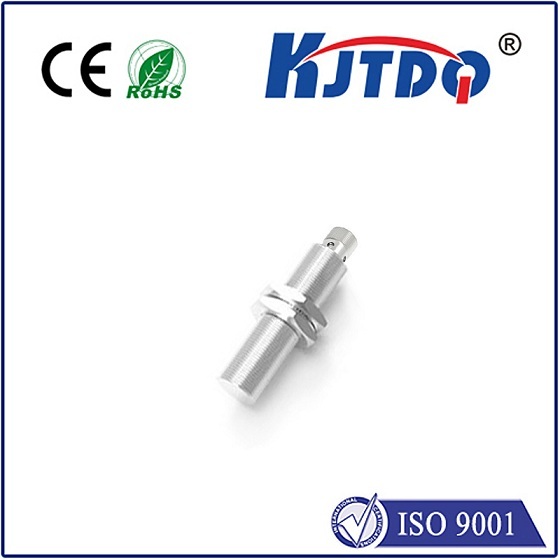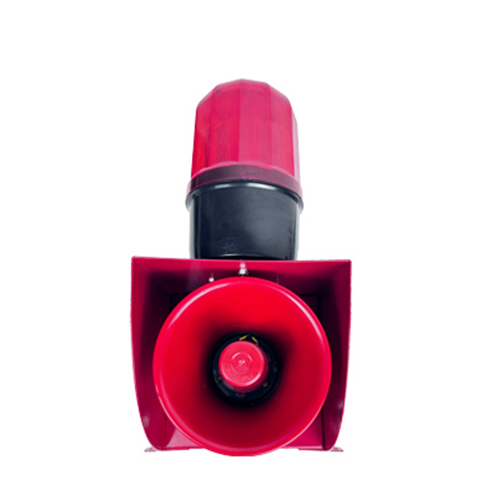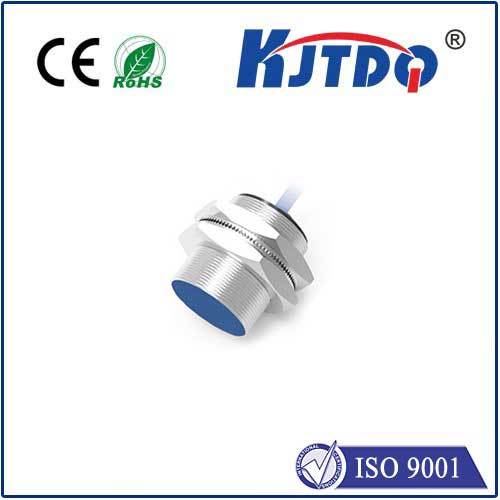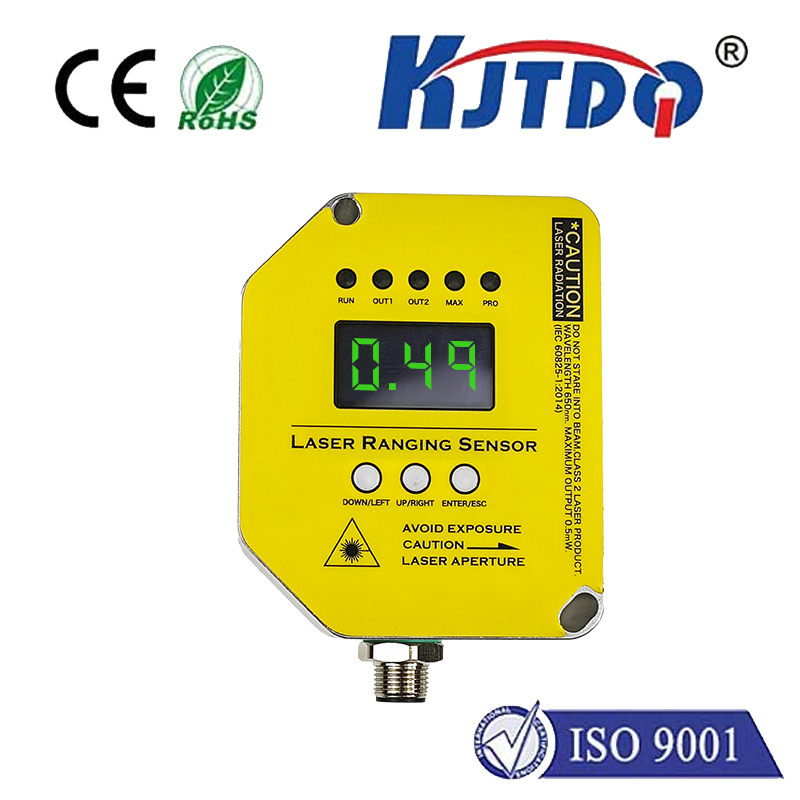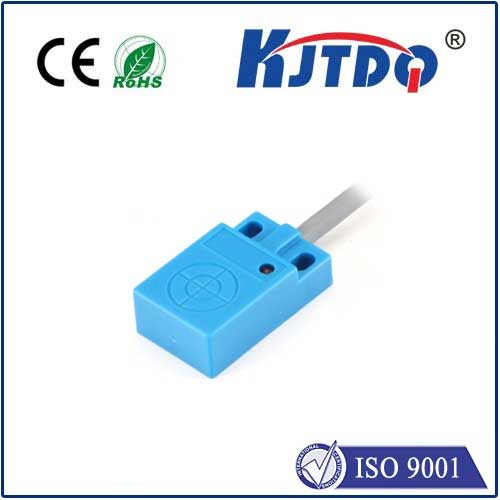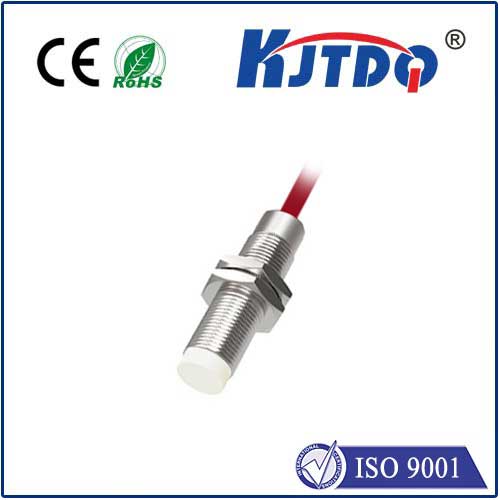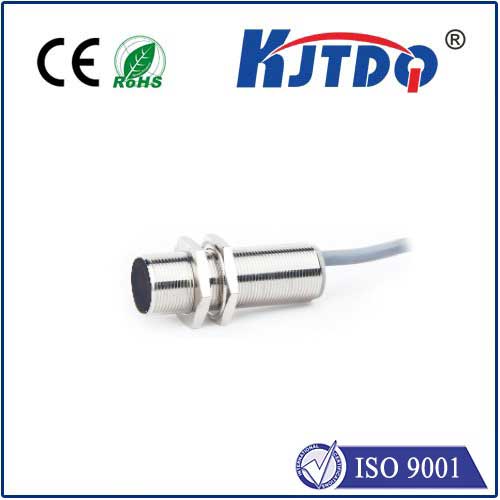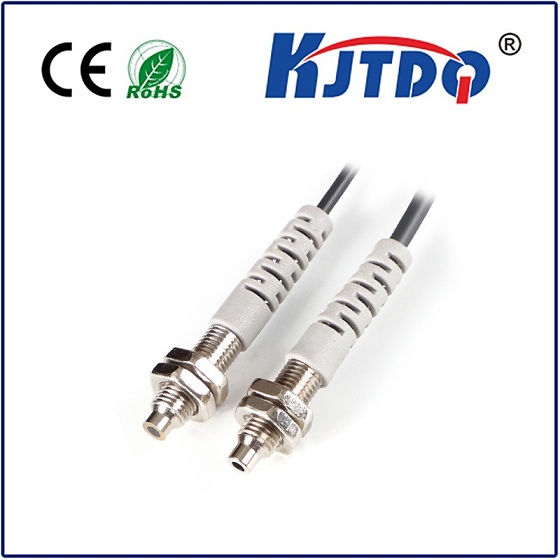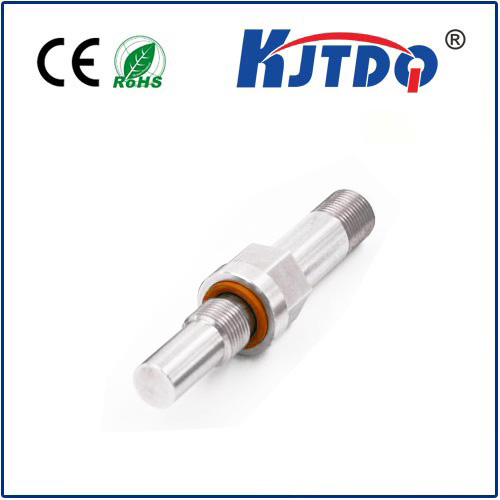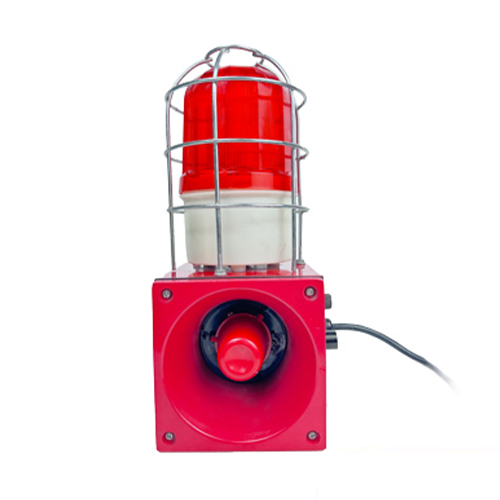

check

check

check

check
Radar Water Level Sensor: Enhancing Efficiency and Accuracy in Water Management
In today’s rapidly evolving industrial and agricultural sectors, the need for reliable and efficient water management systems is more critical than ever. One of the key technologies that has revolutionized water level monitoring is the radar water level sensor. This innovative device uses radar technology to measure the depth of water in tanks, reservoirs, and irrigation systems with high precision and reliability. Unlike traditional methods such as ultrasonic or mechanical sensors, radar sensors offer several advantages that make them an ideal choice for modern water management applications.
The radar water level sensor works by emitting a microwave signal that bounces off the water surface and returns to the sensor. The time it takes for the signal to return is used to calculate the depth of the water. This process is non-contact and does not require any physical interaction with the water, making it highly durable and suitable for use in harsh environments. Additionally, radar sensors are capable of measuring water levels in both static and dynamic conditions, which is essential for applications such as dam monitoring, reservoir management, and irrigation systems.

One of the most significant benefits of radar water level sensors is their ability to provide continuous and real-time data. This ensures that water management systems can respond promptly to changes in water levels, reducing the risk of overflow or underfilling. In agricultural settings, for example, farmers can use radar sensors to monitor water levels in irrigation canals and reservoirs, optimizing water distribution and minimizing waste. Similarly, in industrial applications, these sensors help maintain consistent water levels in storage tanks, which is crucial for process control and safety.
Another advantage of radar sensors is their ability to operate in a wide range of environmental conditions. They are resistant to moisture, dust, and temperature fluctuations, making them suitable for use in both indoor and outdoor environments. This durability ensures that the sensors remain accurate and functional even in challenging conditions, reducing the need for frequent maintenance and repairs.
In addition to their technical advantages, radar water level sensors also contribute to energy efficiency and cost savings. By providing precise measurements, they help reduce the need for manual monitoring and can integrate with automated systems to optimize resource usage. This not only enhances operational efficiency but also supports sustainability goals in water management.
As industries continue to prioritize automation and data-driven decision-making, the role of radar water level sensors is becoming increasingly important. Their ability to provide accurate, real-time data and their robust performance make them a valuable asset in modern water management systems. With the right installation and integration, these sensors can significantly improve the efficiency and reliability of water monitoring in both commercial and industrial settings.
In conclusion, the radar water level sensor represents a significant advancement in water management technology. Its precision, reliability, and versatility make it an essential tool for optimizing water usage and ensuring safe and efficient operations. As the demand for smart and sustainable solutions grows, the importance of radar sensors in water management will only continue to increase.
